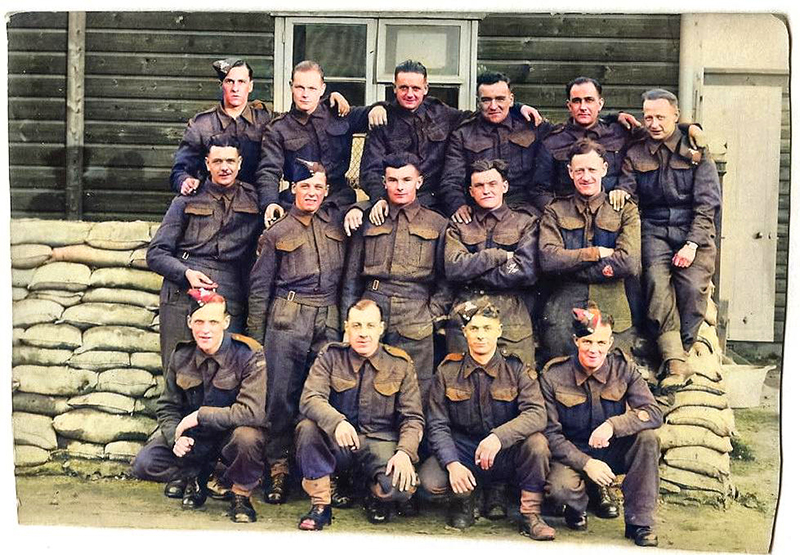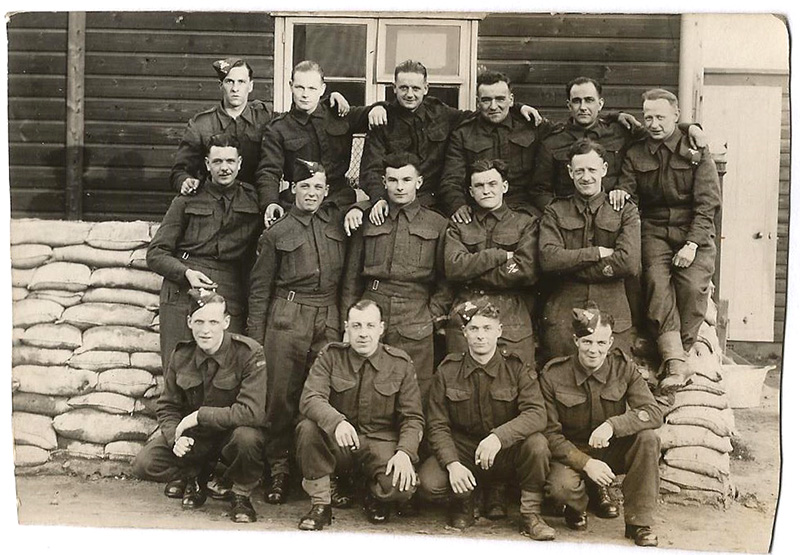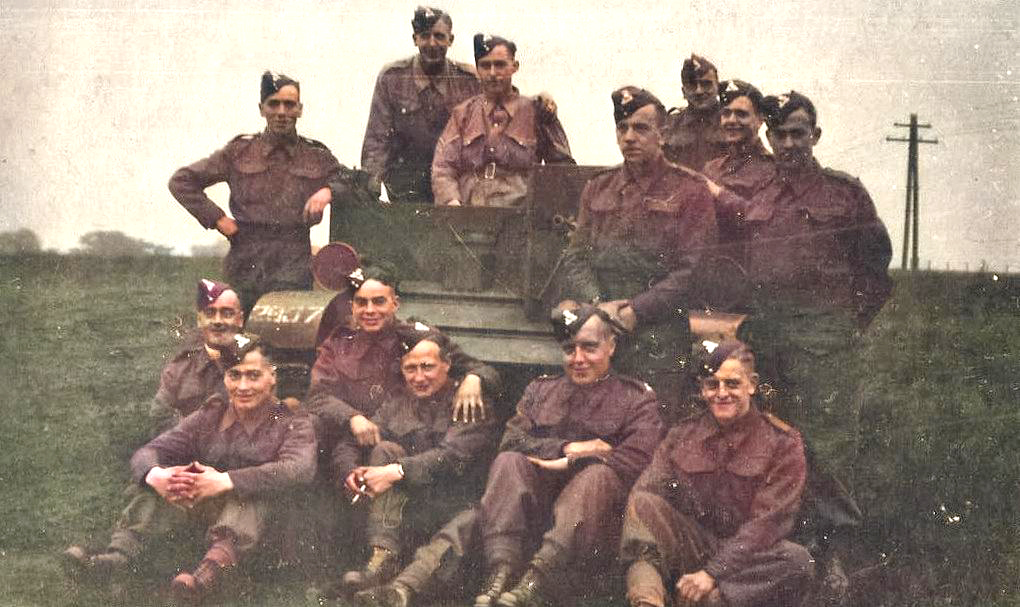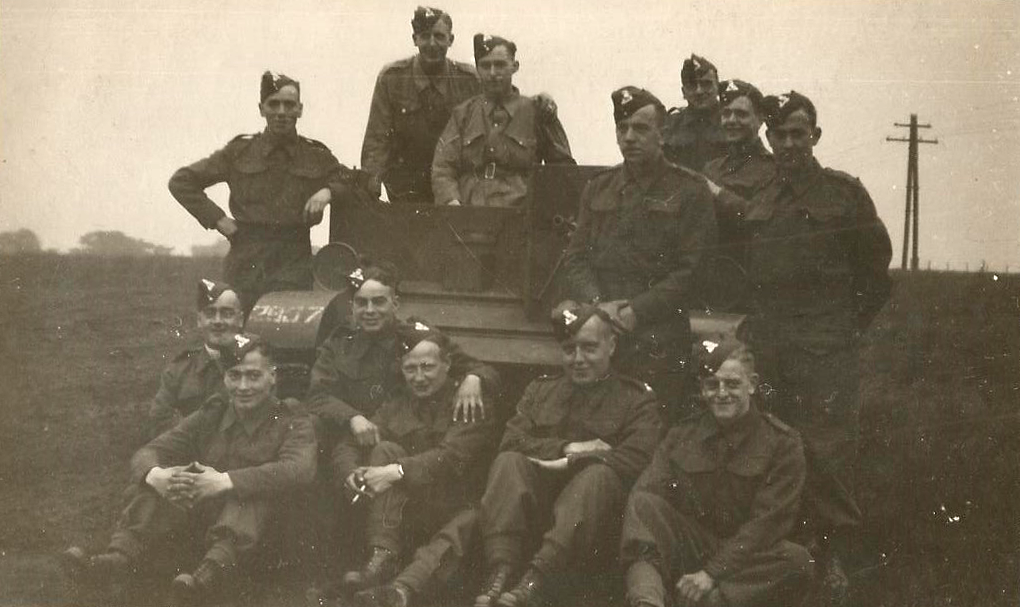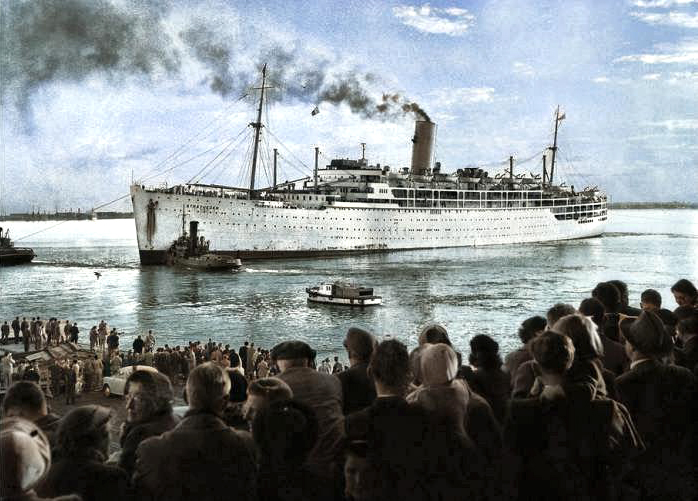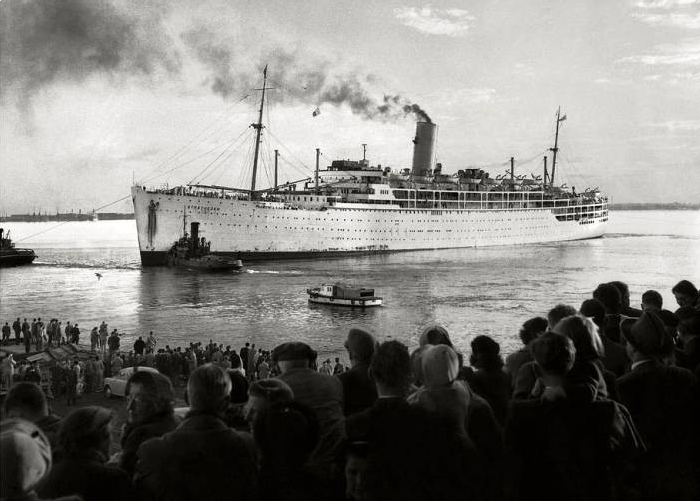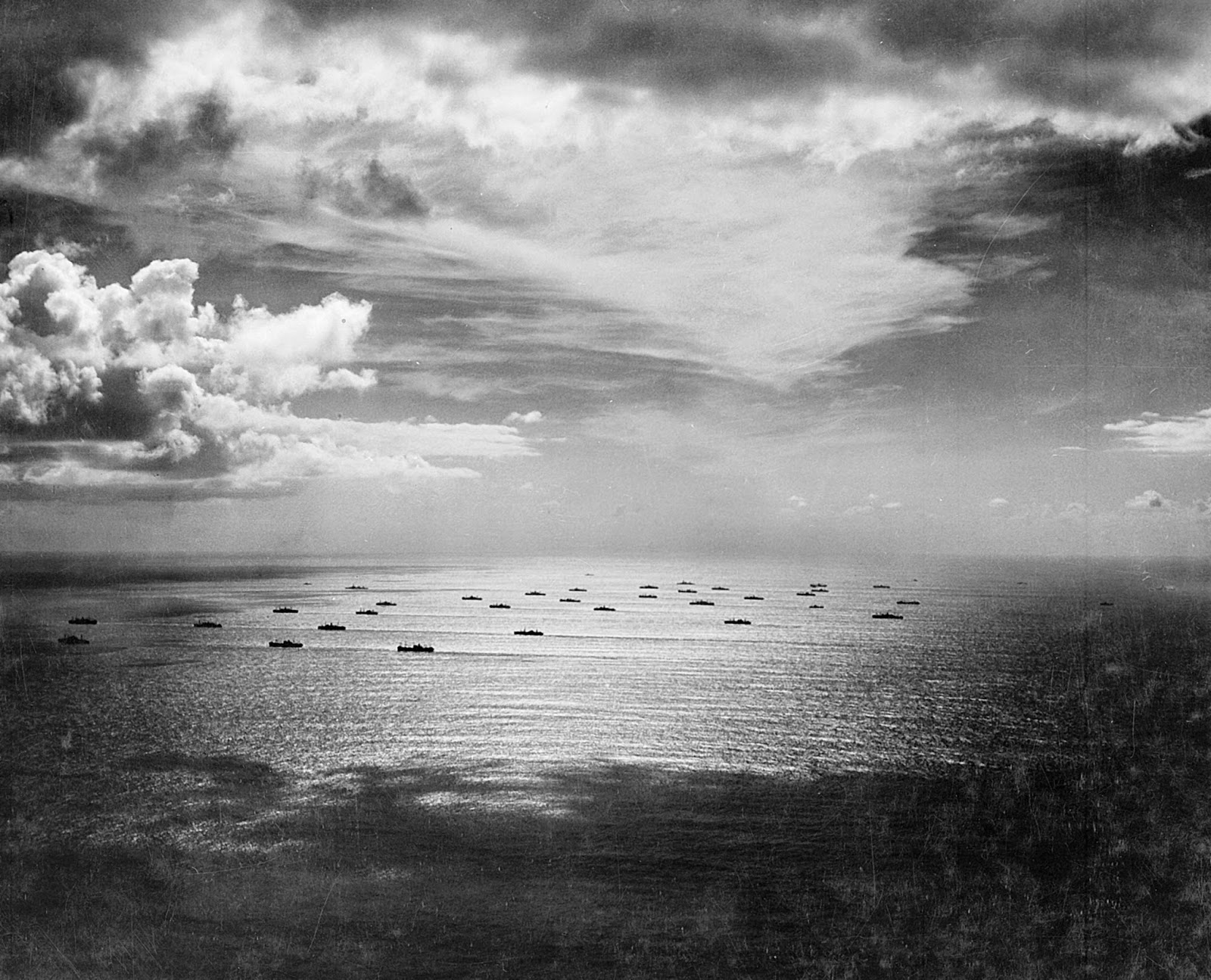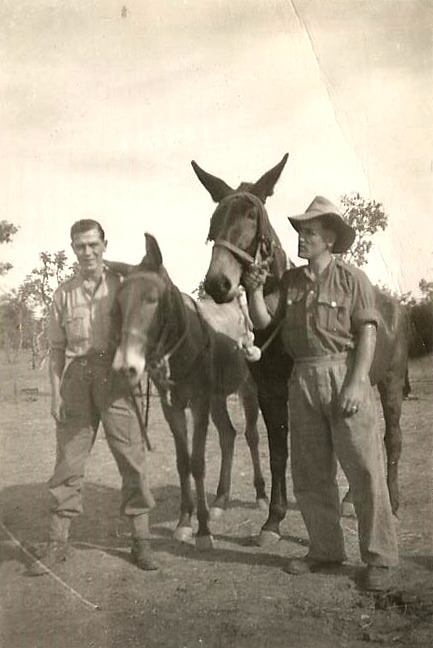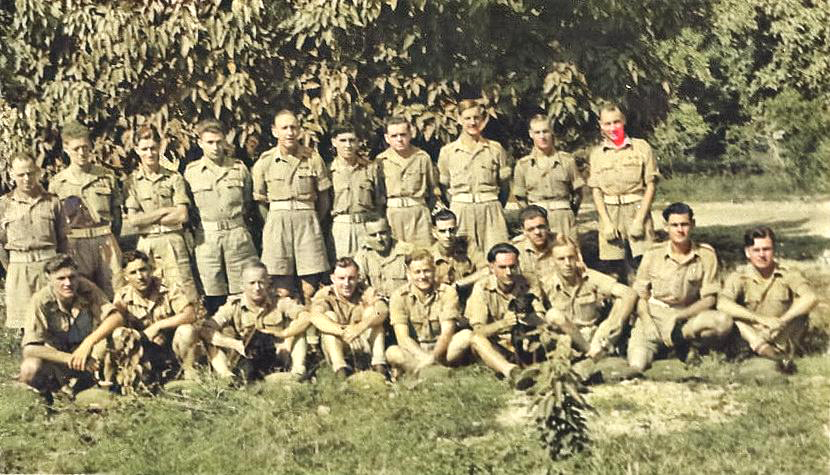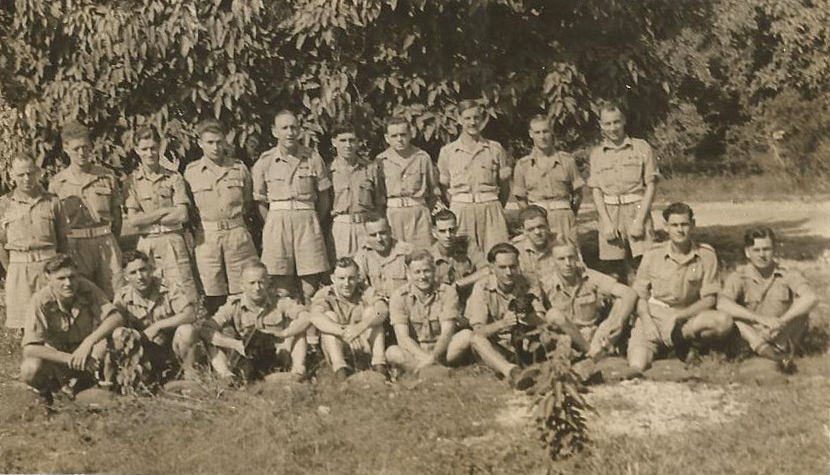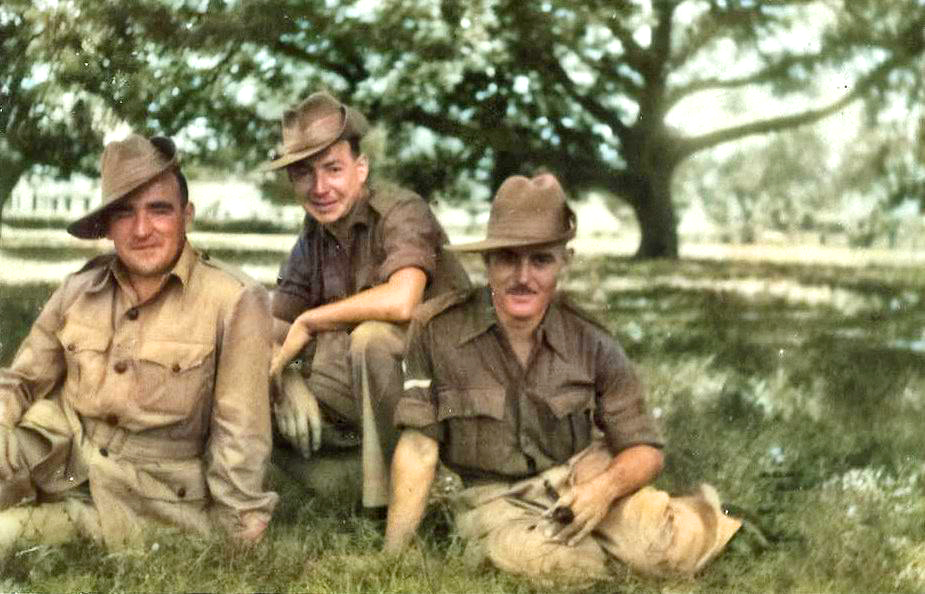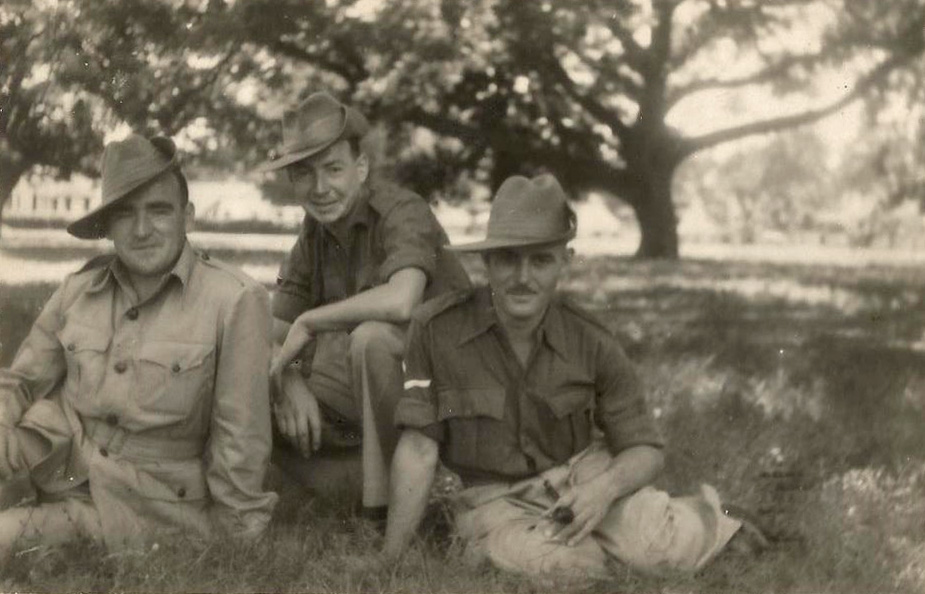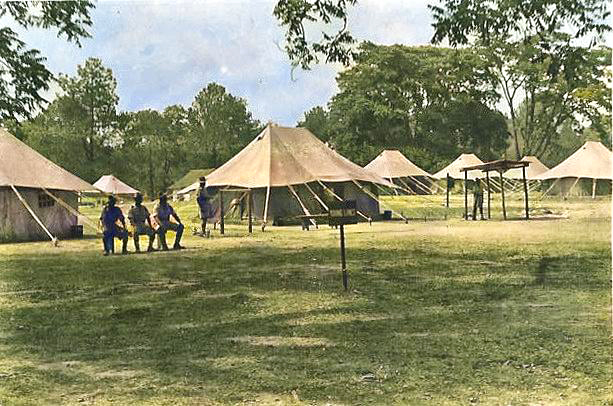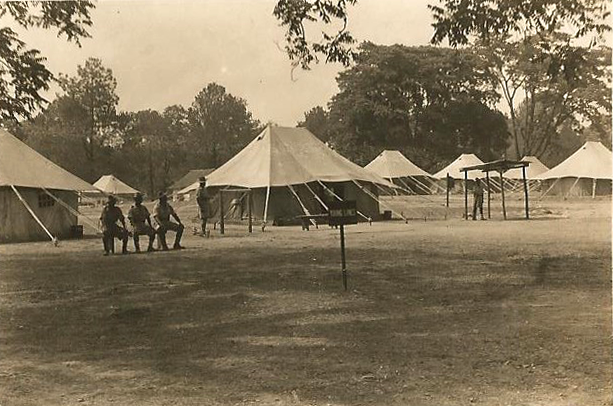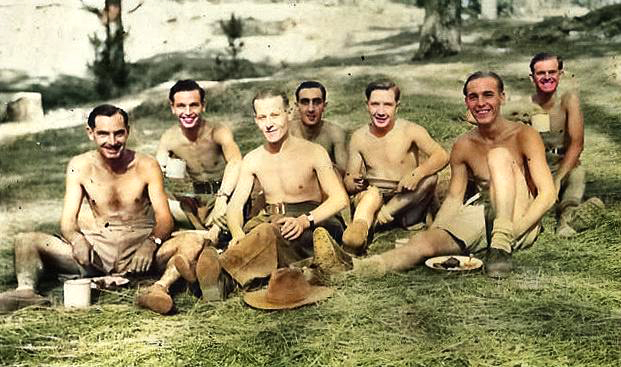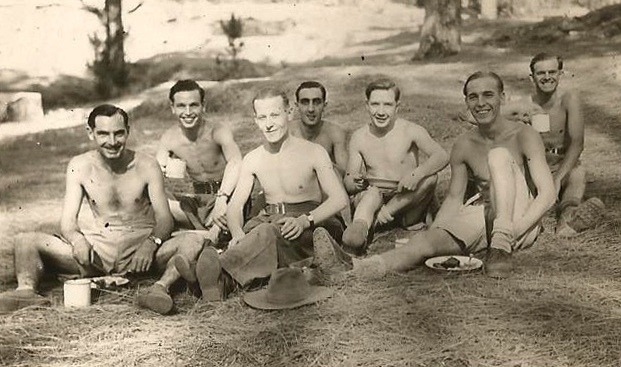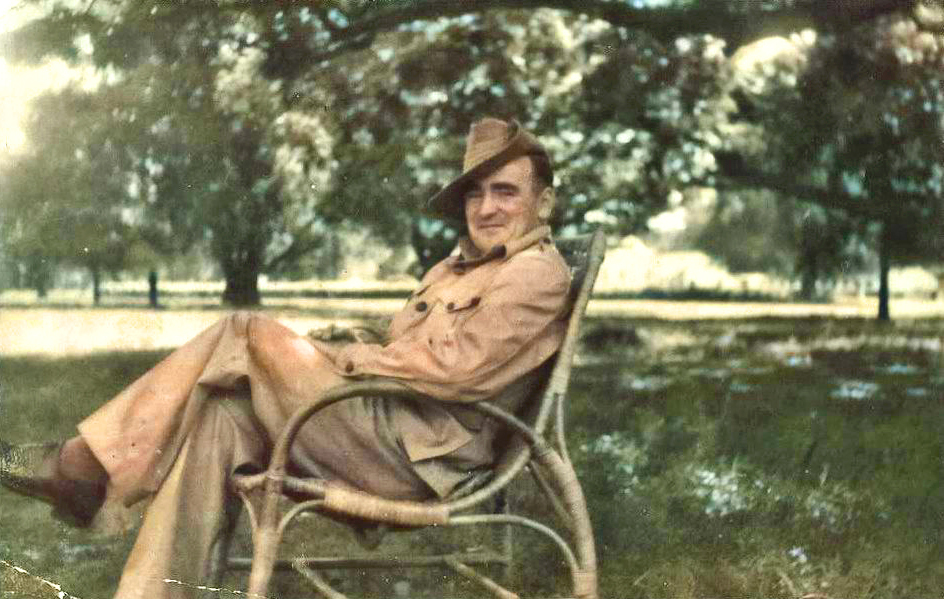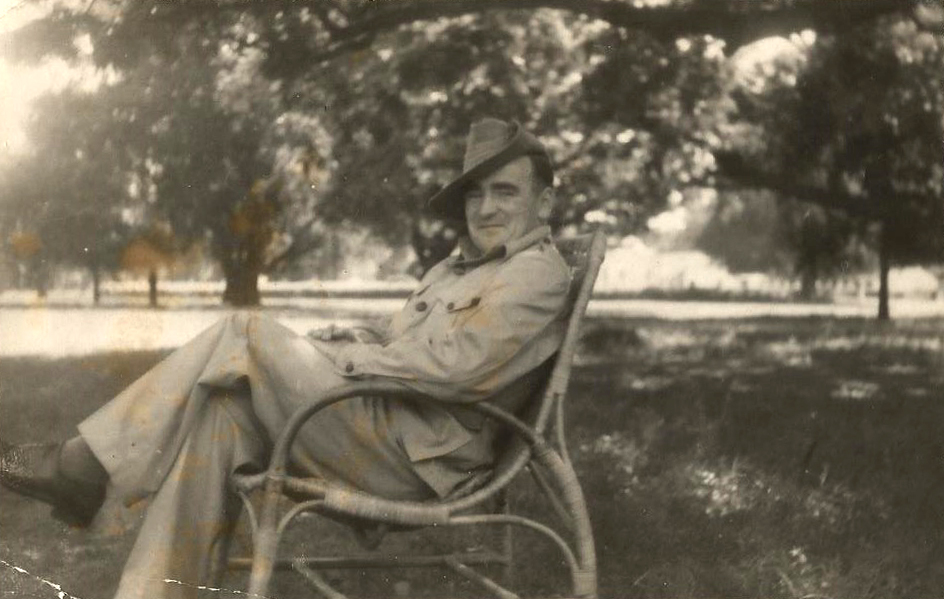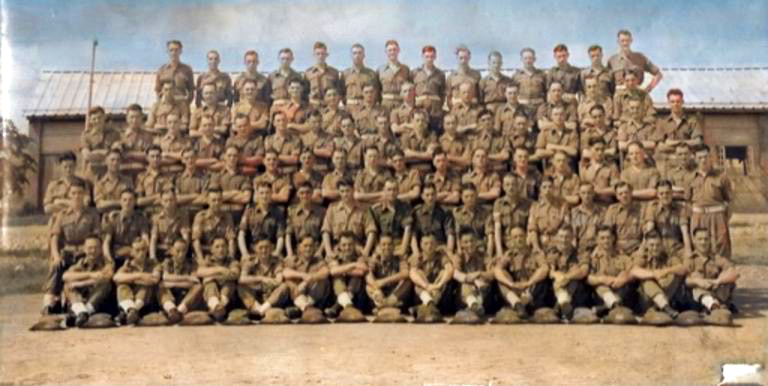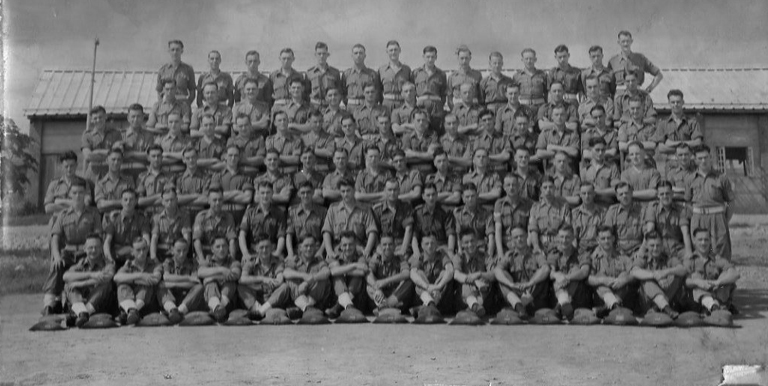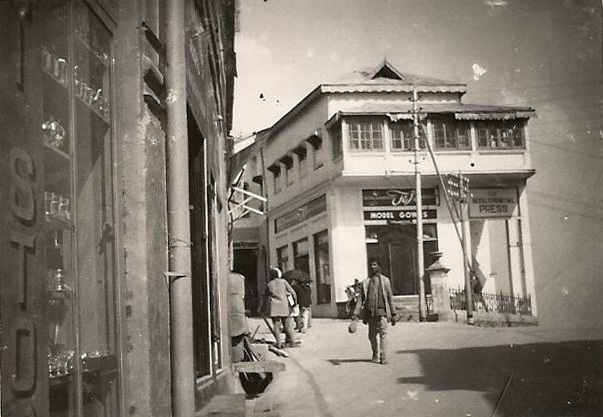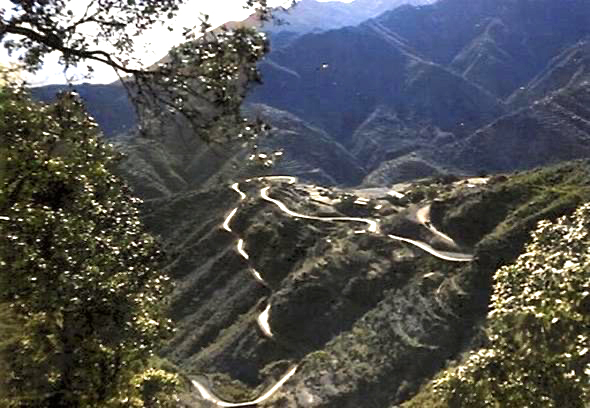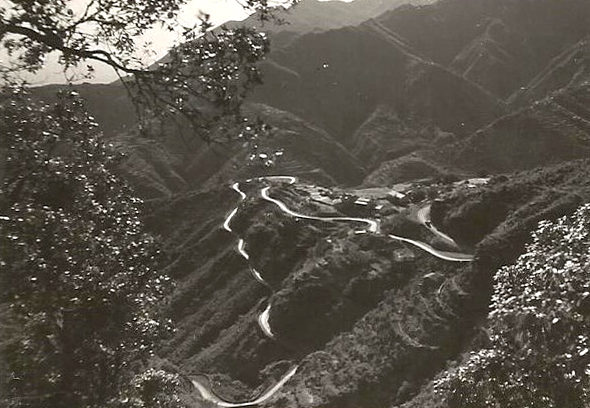Colourising my Grandad's WWII photos from Burma and India
My Grandad, James Newton, didn’t keep many memorabilia from the war - just his medals and ribbons, and a handful of black and white photos. For VJ75 I set about colourising Jim's photos. I love the way that adding colour to old photos brings them back to life, and highlights all the tiny details that are often missed in black and white.
I colourised the photos using the website colourise.com, and made adjustments in Photoshop. The code which enables the photo comparison below is by MarioDesigns on CodePen.
How to use: Click and drag the slider on each photo left and right to compare before and after.
Read more about my Grandad’s time in Burma and India during WW2 with the Chindits.
Home Service, 1940–1943
Jim started his army service in 1940 and was ‘called to colour’ for the Lancashire Fusiliers, and later trained with the Kings Royal Rifle Corps, South Lancashire Regiment, and East Lancashire Regiment. He was classified as a Carrier Driver.
Above: Jim is back row, third from the right.
Above: Jim is back row, third from the right, driving the carrier.
Travelling to India, 1943
Based on Jim’s arrival date in Bombay, it’s highly likely that he travelled in convoy WS31. The WS (Winston’s Specials) series of fast military convoys carried troops and equipment to the Middle East, India and occasionally the Far East.
Above: The ship 'Stratheden', which sailed from Liverpool to Bombay as part of WS31 in 1943 (photo taken in Melbourne, 1955 [source])
It wasn't all plain sailing for the WS31 convoy, as RAF records show: “On the 23rd June 1943, Flt Lt. J Wright and crew were escorting convoys WS31 and KMF17. A visual sighting was gained of three U-boats which dived on being attacked. Almost seven hours later the crew again visually sighted three U-boats. One dived whilst others opened fire. They then commenced diving. An attack was made using a 600lb bomb. No results were observed.” (Royal Air Force Costal Command by John Campbell).
Above: WS31 Convoy off Casablanca - US Army Photo
Burma, 1944
Whilst in Burma, Jim servied with the 1st Battalion King’s (Liverpool) Regiment and was part of Operation Thursday. You can read more about his story in my other blog: My Grandad, The Chindit.
Above: The Chindits used mules to transport materials.
Above: A group of 1st Bt King’s (Liverpool). Jim is the first man on the left, middle row. The man on the front row, second from the left, is Private Josiah Glover.
India, 1944
In July 1944, Jim was evacuated on medical grounds and was admitted to Combined Military Hospital, Panitola, Assam, India, close to the Burma border. In August, Jim reported to the Unit Depot which is likely to be the northern Indian town of Dehra Dun. The Battalion were based at the Clement Town Cantonment for a period of recuperation.
Above: Jim (left) likely India, date unknown. The man on the right is possibly Sapper Stanley Allen, Royal Engineers, 980 IWT Coy. I think this after talking with Stanley's grandson, who got in touch after reading this blog.
Above: Possibly a place where soldiers recuperated after fighting in Burma.
Above: A group of men recuperating.
Above: Jim recuperating.
15th (British) Parachute Battalion, India, 1945–1946
A new battalion, the 15th (British) Parachute Battalion, was formed at Malthone in 1945 from a nucleus of volunteers from the 1st Battalion The King’s Regiment. This new unit was preparing for the challenges of re-taking Malaya from the Japanese. Parachute training commenced at Chaklala, near Rawalpindi, from March.
Above: ‘A’ Company 1st King’s (Liverpool) at Dehra Dun, 1945. Jim is the fifth man from the left, on the fourth row up. Source: kral.org.uk.
Above: Indian hill town, possibly between Dehra Dun and Mussoorie, or near Rawalpindi.
Above: A view from possibly between Dehra Dun and Mussoorie, or near Rawalpindi.
